Post and Courier – April 2025 – It’s Rosé Time of Year
Although I find it quite acceptable to slurp rosé any time of year, the rank-and-file herd of wine consumers seem to prefer to shelf it until the warmer weather arrives. Well, my pink pounding procrastinators, the time to pop those corks is finally here.
When purchasing a bottle of rosé, most will grab anything pink that has a pretty label and sits on the shelf level that fits their budget. Make no mistake as I’ve purchased many wines in precisely the same manner. Understanding how differing processes to produce rosé affect the final wine, however, will help increase your chances of contentment with your selection.
Direct Press Rosé
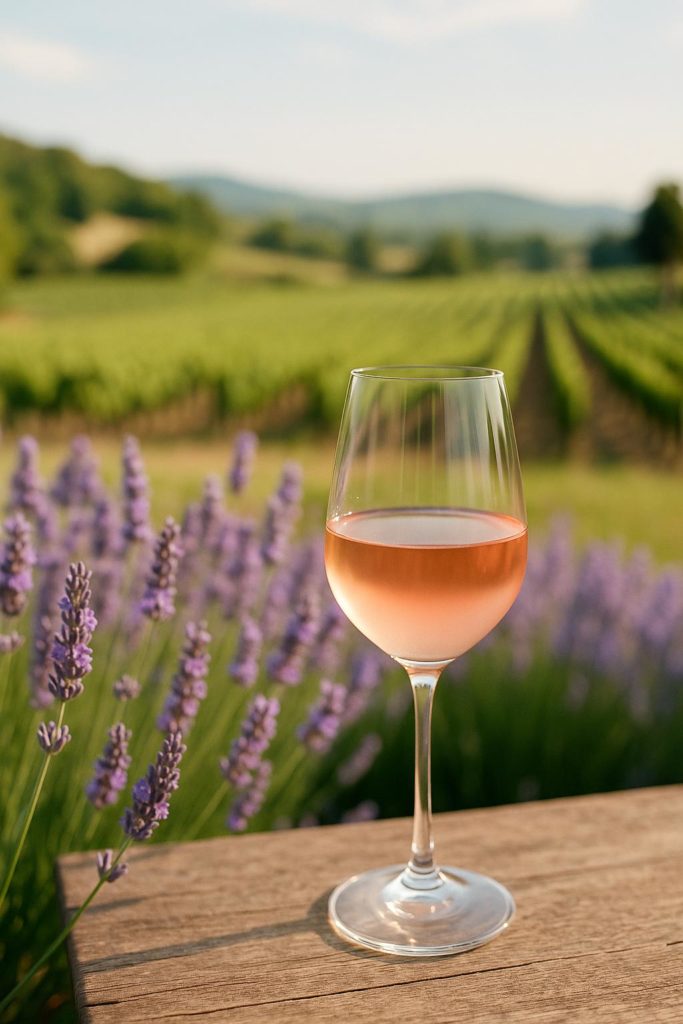 One of the more popular methods of making rosé wines is by “direct press.” The grapes are usually harvested a little earlier to maintain their fresh acidity. Gentle pressing with minimal skin contact imparts a lighter color and minimal tannins. The resultant wines have crisp red fruit elements and are prefect for sipping all day. Although generally referred to as “Provence-style,” many wineries have altered their rosé production to suit this wildly popular style.
One of the more popular methods of making rosé wines is by “direct press.” The grapes are usually harvested a little earlier to maintain their fresh acidity. Gentle pressing with minimal skin contact imparts a lighter color and minimal tannins. The resultant wines have crisp red fruit elements and are prefect for sipping all day. Although generally referred to as “Provence-style,” many wineries have altered their rosé production to suit this wildly popular style.
Avivo Rosé 2023 ($24), demonstrates a prototypical example through this 95% Sangiovese and 5% Syrah blend. Night harvested from vineyards in Lodi, California and while cluster pressed aids in maintaining this wine’s lively and refreshing bravura. With aromas and flavors of stone fruit (peach apricot), orange blossom, melon rind and lingering minerality on the finish, one would find it difficult to apply any temperance with this crowd pleaser.
Saignée Rosé
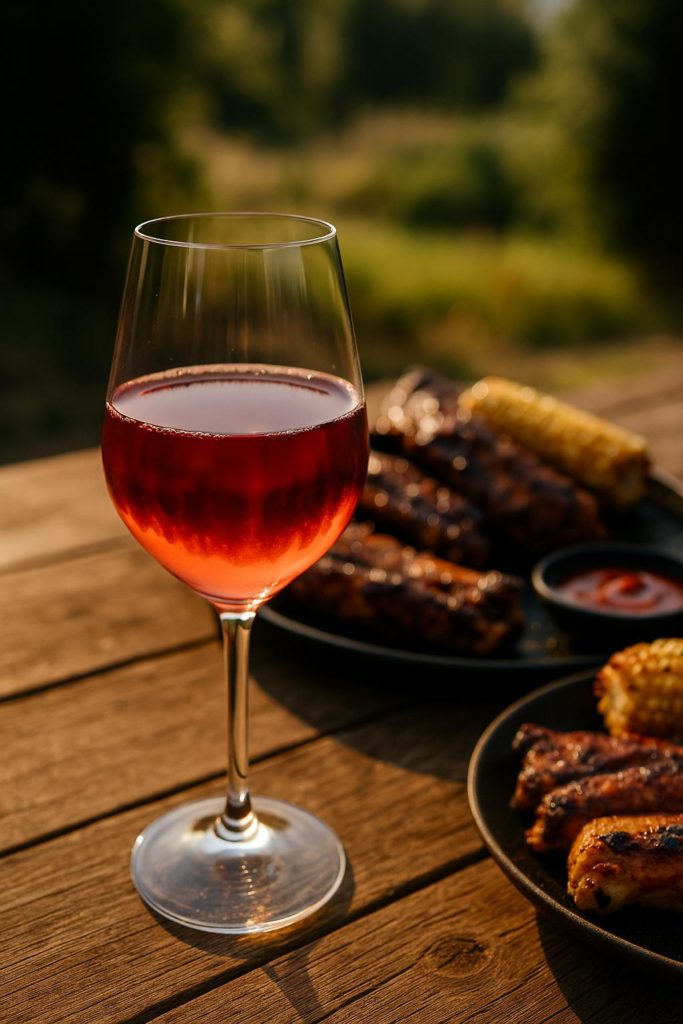
The next most common way of making rosé results from a process called saignée (sawn-yay), or “bleeding.” The method concentrates red wine grape must by “bleeding off” some of the liquid early in the maceration process. These resulting rosés are usually sturdier, darker in color, with perceptible tannins due to a longer skin contact time. Although considered by many as a byproduct of red wine making, these wines can offer an interesting experience, especially when placing them with heartier foods, like barbecue.
One of my preferred appellations for this style of wine is Tavel. Located in Southern Rhone Valley, this region has been producing rosé since Roman times. Chateau Aqueria Tavel 2023 ($20), provides a classic example of the saignée style. This Intense pink / salmon color wine has a composition of 50% Grenache, 20% Syrah, 10% Clairette, 10% Mourvedre, 5% Cinsault, and 5% Bourboulenc. Red fruit (strawberry, currant), herbal notes (thyme), crushed stone minerality and a smokey, savory finish give evidence of this robust rosé.
Ramato Wine
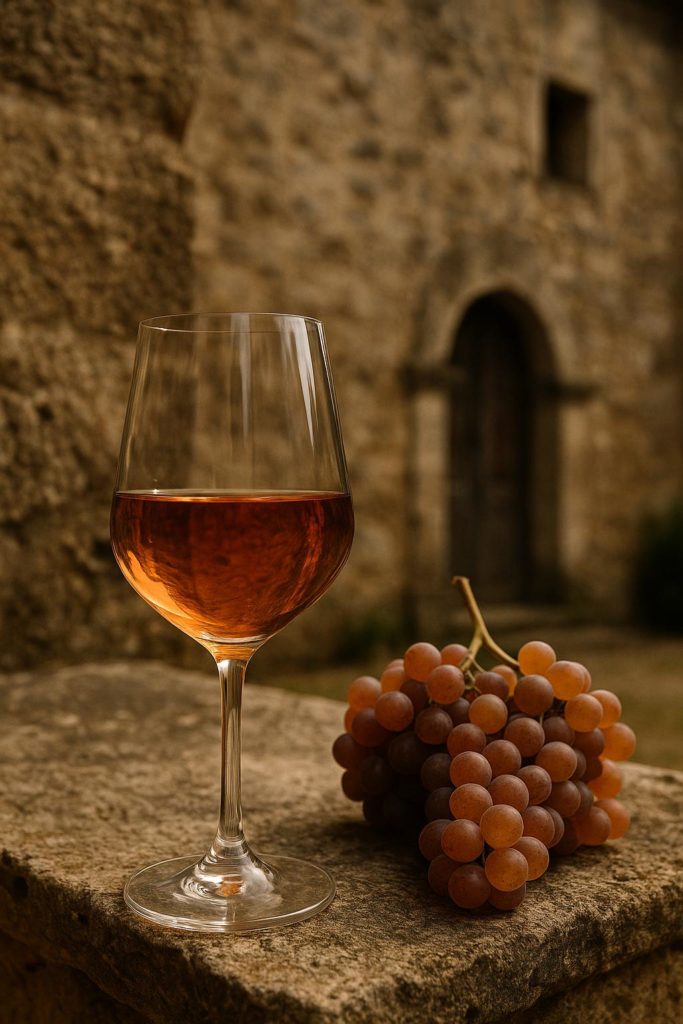 Although on the fringes of what could be considered a rosé wine, and closer to an orange wine, the wines made from the ancient Friulian process of Ramato are crazy interesting. The Pinot Gris grapes are fermented on their skins, resulting in a peach or copper-colored wine depending on the maceration time. The color comes from the Pinot Grigio grape skins. Often mistakenly believed to be a white skinned grape, Pinot Grigio is appropriately named for its rosy-grey tone; gris or grigio, meaning grey in French and Italian respectively.
Although on the fringes of what could be considered a rosé wine, and closer to an orange wine, the wines made from the ancient Friulian process of Ramato are crazy interesting. The Pinot Gris grapes are fermented on their skins, resulting in a peach or copper-colored wine depending on the maceration time. The color comes from the Pinot Grigio grape skins. Often mistakenly believed to be a white skinned grape, Pinot Grigio is appropriately named for its rosy-grey tone; gris or grigio, meaning grey in French and Italian respectively.
Unfortunately, there are not many available examples of this style, but the one and only domestic example I know, represents this ancient process with the utmost tribute. Copper Falls Pinot Grigio Reserve 2018 ($12) from Stanton Barrett Family Winery shows a beautiful copper hue color. Initially showing a little reductive, which is not unusual of this style, I allow these types of wines to sit for a few minutes after being poured. Savory would be the initial word for this wine. Elements of brie, dried flowers, orange and tangerine peel, and dried herbs complement the aroma and palate. This incredibly unusual piece of history will reward those that take a leap to experiment.
Non-alcoholic Sparkling Rosé
The final category of rosé was inspired by some friends that emerged from this cold winter with more than they bargained for. Since mama-to-be can (or should) no longer consume alcohol for the near future, I wanted to make a selection that could keep her at the proverbial table while the rest of us imbibe freely.
The non-alcoholic wine category has honestly been hit or miss from my experiences, and honestly mostly miss. Recently, I discovered the NOOH brand by Château La Coste, located near Aix-en-Provence. I was particularly impressed with their Château La Coste NOOH Sparkling Rosé ($43), as I honestly went into the tasting with an already skewed opinion about these temperance wines. The sparkling contains a blend of Grenache, Syrah, Cabernet, and Cinsault grape and was difficult to tell that it had 0% abv. The wine has a freshness with elements of crunchy red fruit (raspberry, cherry) with a hint of peach and citrus (grapefruit). This luxury non-alcoholic truly provides a good alternative to ETOH filled bubbly.
Since you have finally decided that rosé wine finally has made it into season, I invite you to select your category, or multiples of, and stock up for your impending porch-pounding pleasure. I also encourage your experimentation with food pairings for these wines. Although most will pop and pour, they remain incredibly underappreciated with their ability to accompany a range of foods, even baby food.

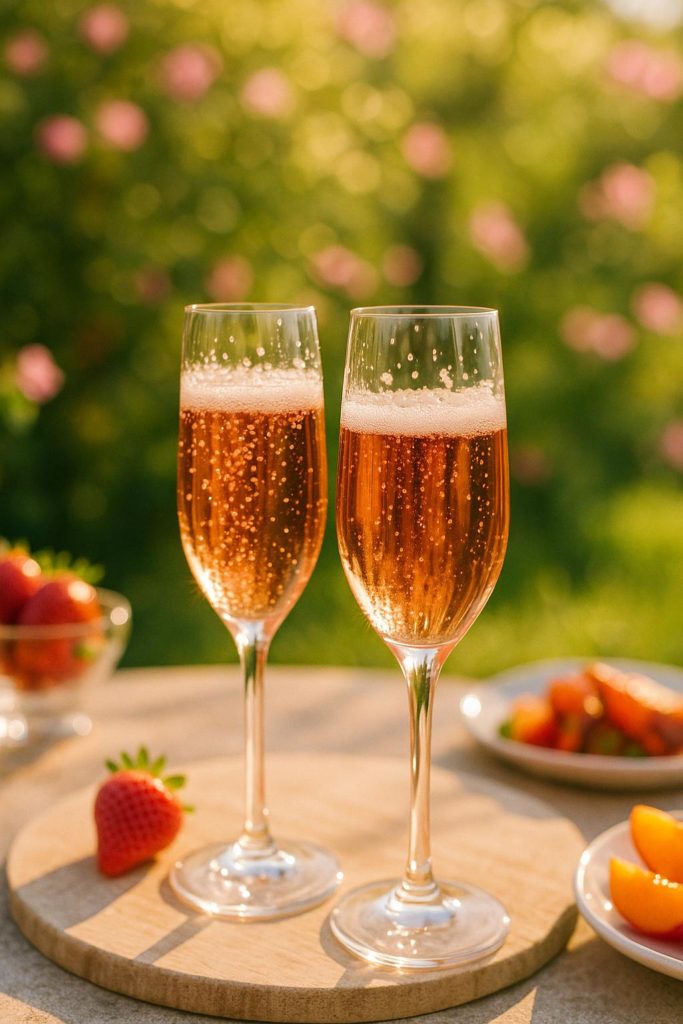
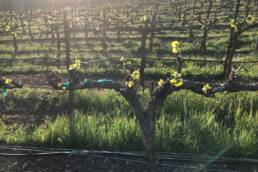


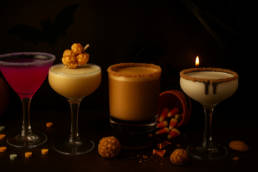
Ok! Now, I’m opening a bottle of rose tonight. 🙂
Fantastic. Then I did my job.